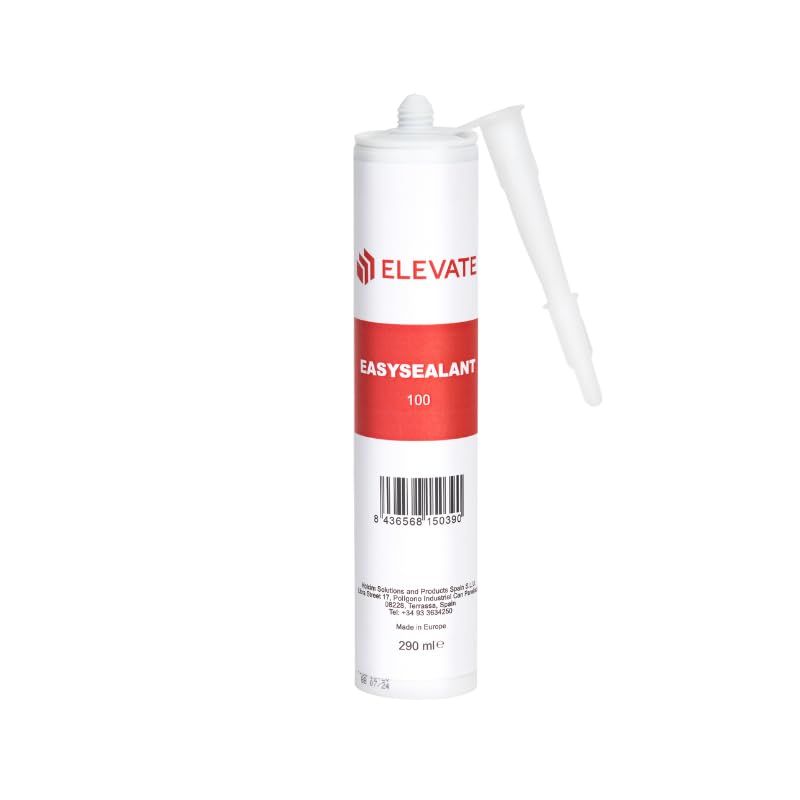🥳 New: Enjoy FREE DHL delivery within Germany for purchases starting at EUR 100 🥳
ELEVATE™ EasySealant™ bonding adhesive for EPDM 290 mL
28,90 EUR
In stock
1
ELEVATE™ EasySealant™ bonding adhesive for EPDM 290 mL
Product Details
Our Accordion Seal is made of ethylene propylene diene rubber (EPDM). Many conventional adhesives are unsuitable for bonding EPDM. We advise against using contact adhesives (such as PETEC rubber profile adhesive) and products based on cyanoacrylate (superglue). In our experience, the adhesion of contact adhesives on EPDM is insufficient. Cyanoacrylate-based superglues lack the necessary flexibility after curing, which can lead to the bond breaking.
To bond our Accordion Seal, we recommend using the specialized EPDM sealant ELEVATE™ EasySealant™. As with all adhesive work, surface preparation is crucial for the quality of the bond when gluing the Accordion Seal. We recommend an overlap of approximately 5 to 10 cm. It has proven effective to remove the push-on spring and excess EPDM material from both flanks of the overlapping end of the seal. Before applying the adhesive, both bonding surfaces must be thoroughly roughened with coarse sandpaper. The more carefully this step is done, the more durable the bond will be! After applying the adhesive with a cartridge gun, the two ends can be joined together and pressed lightly so that the adhesive starts to ooze out. In this state, the joint should be fixed for at least 24 hours (preferably 48 hours).
Bonding can be done with the Accordion Seal already mounted on the vehicle. However, if the frame construction allows the Accordion Seal to be pulled on after bonding, we recommend carrying out the bonding under optimal conditions and only installing the seal after the adhesive has cured. This approach, of course, requires that the exact length of the Accordion Seal has been determined beforehand. To determine the correct length, we reccoment to test-fitted the Accordion Seal onto the frame. The adhesive joint is positioned centrally on the underside of the pass-trough - this location offers the best protection from weather influences and is subject to the least mechanical stress.
Display prices in:EUR

